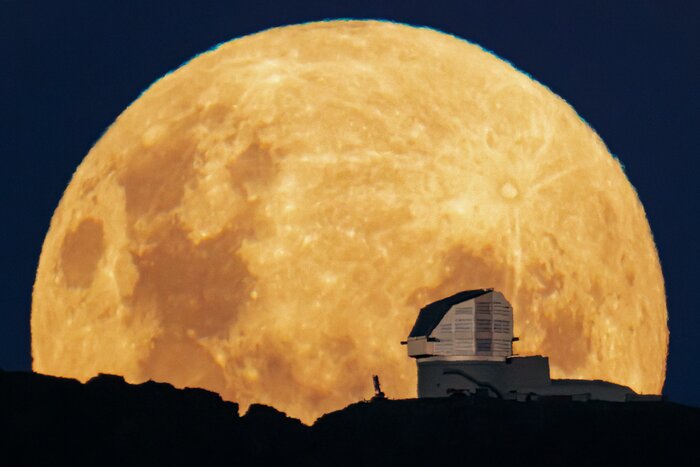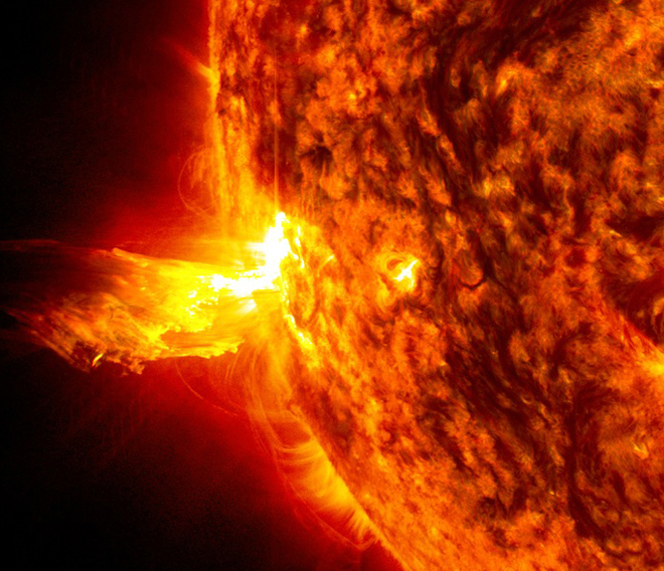
Perseid meteor shower peaks this week
An attractive panorama for astronomy fans who will be able to see up to 150 shooting stars in the sky, with a peak on August 11 and 12. CATA's Associate Researcher, César Fuentes, provides details on how to make the most of this event.
This meteor shower occurs from July to August and we are close to its maximum, this August 11 and 12, which corresponds to the passage of the Earth through the path of the Swift-Arrow comet, which has been recorded since ancient times.
It is so named because it comes from the constellation Perseus. At this time of year, up to 150 shooting stars can be seen per hour. Strictly speaking, it is best seen in the northern hemisphere. However, astronomy lovers in our country can still enjoy it, although with some restrictions, according to César Fuentes, Associate Astronomer of the Center for Astrophysics and Related Technologies, CATA.
“The farther north you are in the country, the better you can see it. Even in Santiago you can appreciate it. The ideal is to try to get away from the city and look for a dark place, where there is not so much artificial light pollution. One should direct the view to the northwest, towards the horizon, avoiding areas where there are hills. As the constellation will be below the horizon at sunset, at the beginning of the night you will not see so many meteors crossing the sky. The ideal time is a couple of hours before dawn, since the Perseus constellation is best seen above the horizon,” says the CATA and DAS astronomer of the University of Chile.
You don’t need any special equipment or a lot of skills to see a star shower. What is really important is to have a clear sky and a lot of patience.
César Fuentes comments that once installed, it can take 15 to 20 minutes for the eyes to get used to the darkness. He recommends bundling up according to the weather and making sure you are comfortable, especially if you want to be outside for a long time.
Meteor showers appear to originate in the radiant near the horizon, but meteors can also appear in other areas of the sky.
Recent news
-
 Publicado el: 09/07/2025Patricia Tissera is recognized as full professor by the Pontificia Universidad Católica de Chile
Publicado el: 09/07/2025Patricia Tissera is recognized as full professor by the Pontificia Universidad Católica de Chile -
 Publicado el: 04/07/2025CATA researchers among the best in Chile according to international ranking Research.com
Publicado el: 04/07/2025CATA researchers among the best in Chile according to international ranking Research.com -
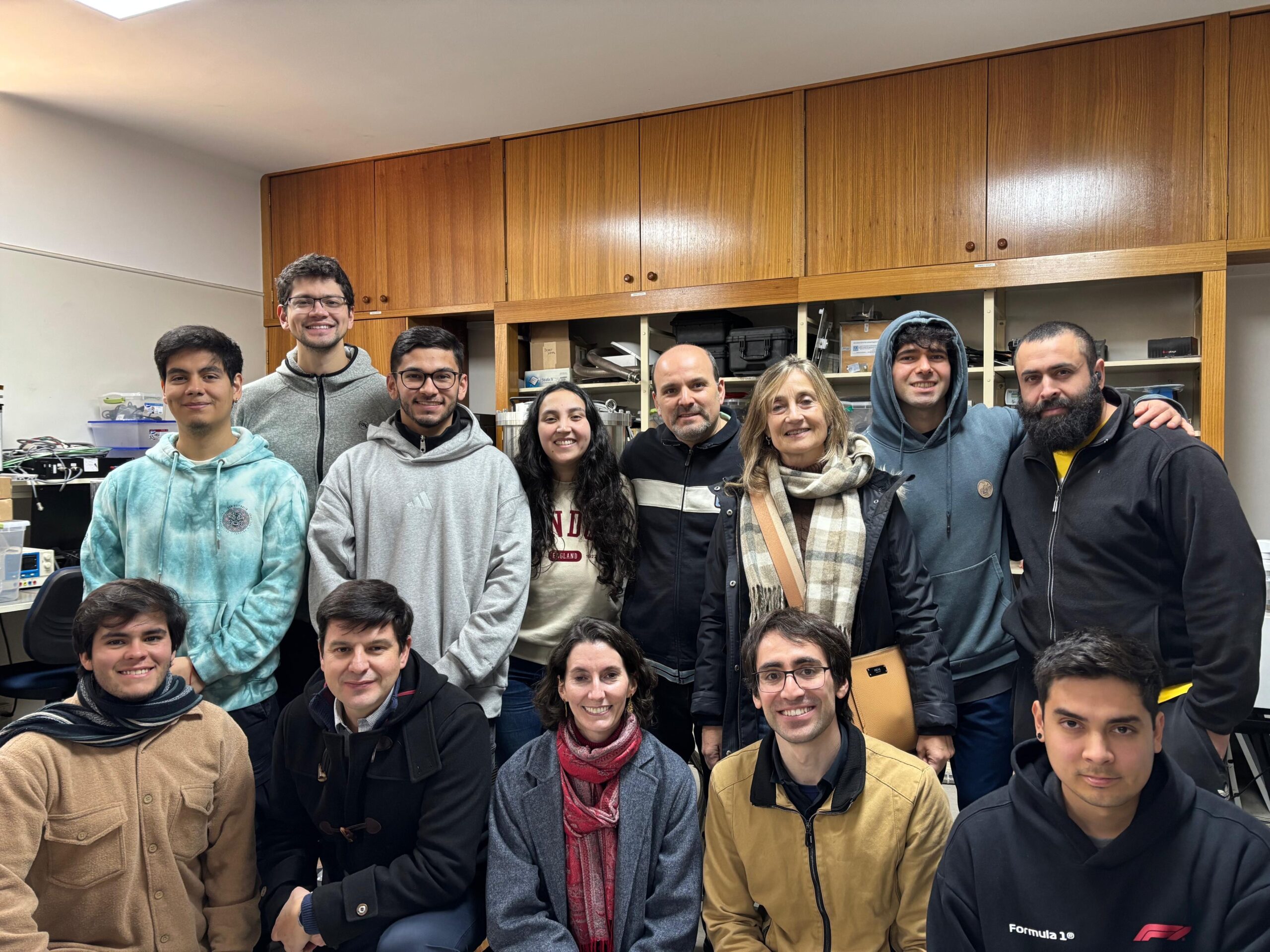 Publicado el: 30/06/2025CATA Director strengthens ties in her second institutional tour
Publicado el: 30/06/2025CATA Director strengthens ties in her second institutional tour -
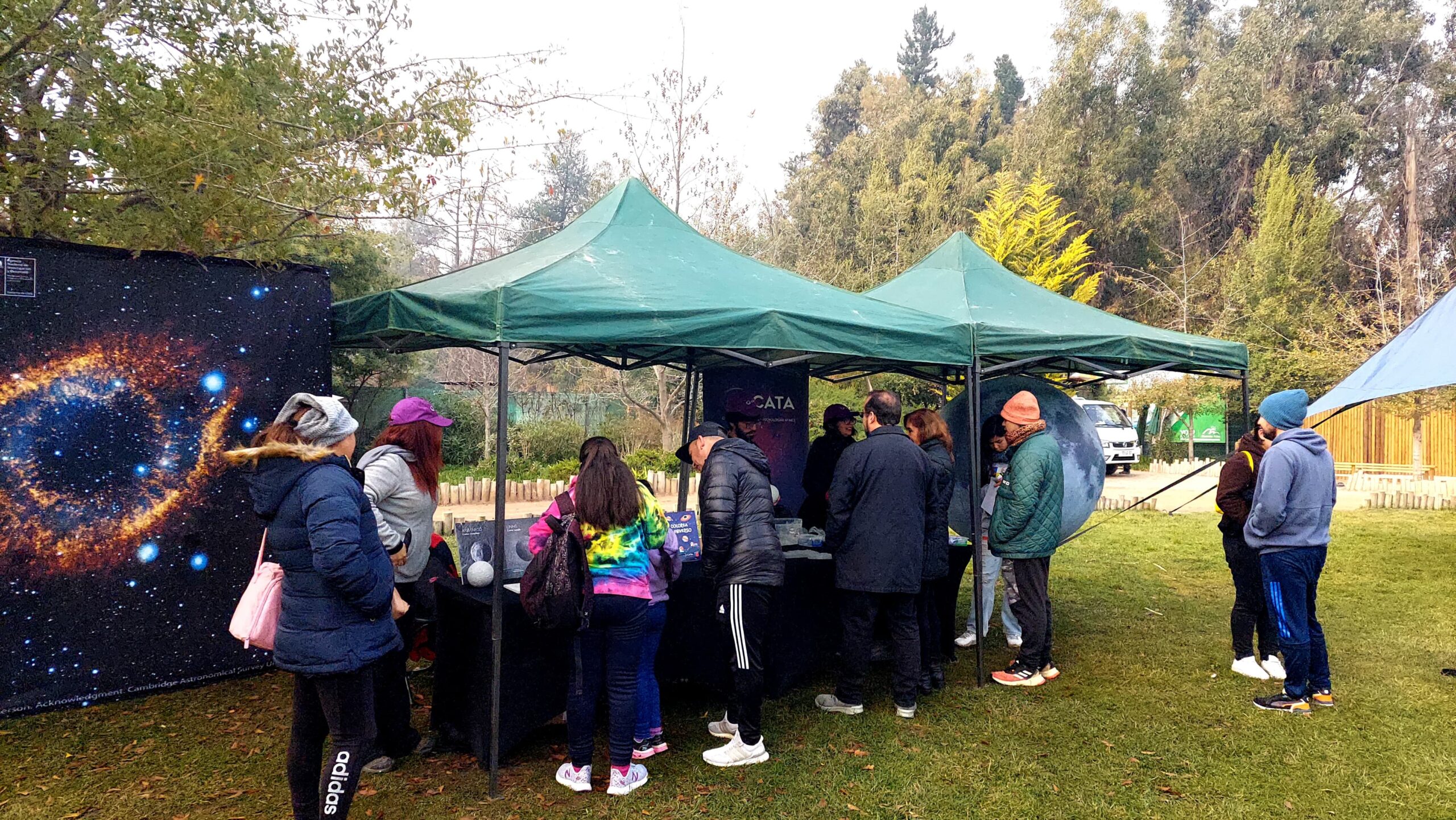 Publicado el: 30/06/2025CATA celebrated Asteroid Day 2025 at the Pueblito de Las Vizcachas Park
Publicado el: 30/06/2025CATA celebrated Asteroid Day 2025 at the Pueblito de Las Vizcachas Park -
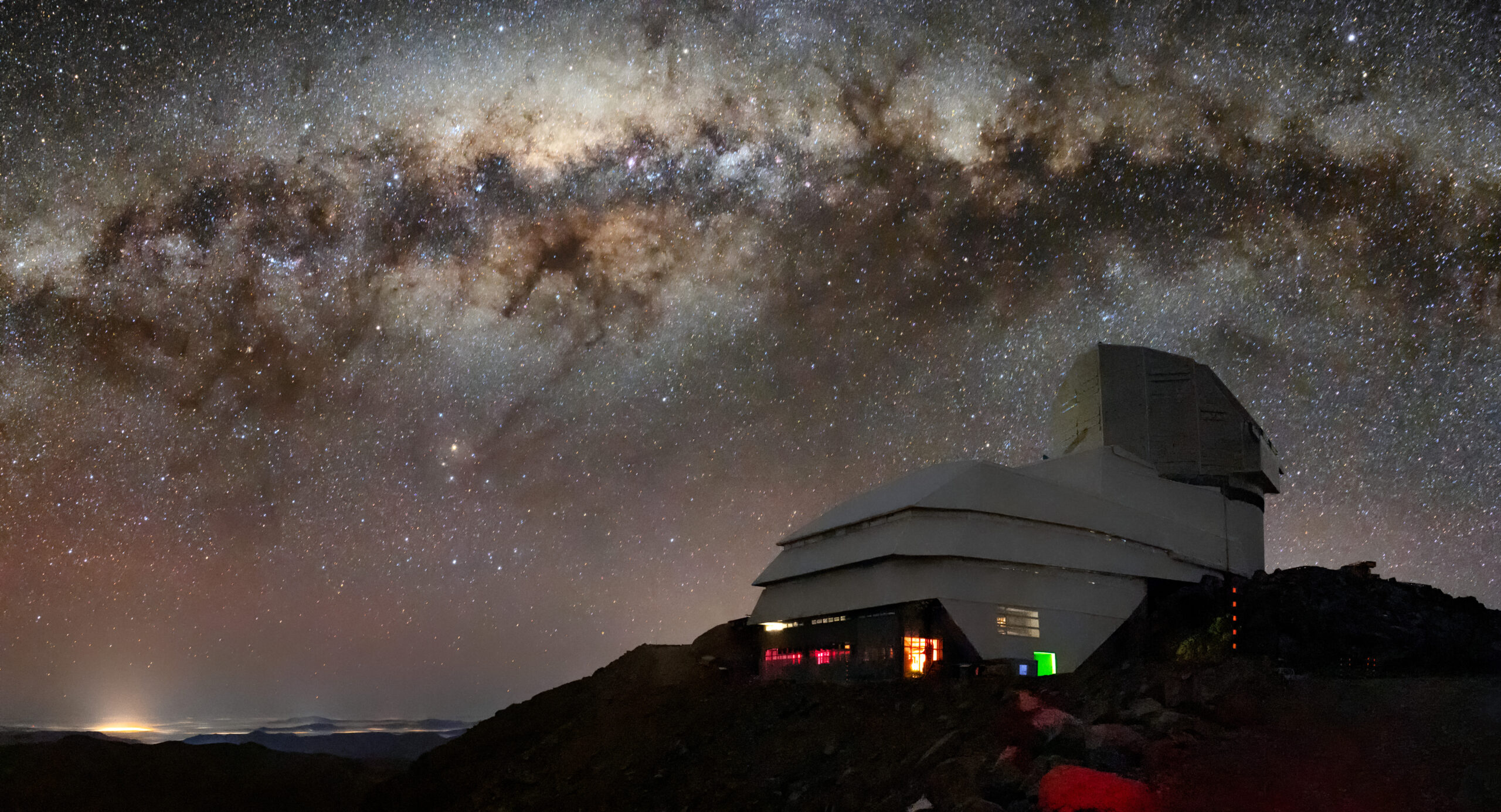 Publicado el: 26/06/2025Vera C. Rubin: the telescope that watches the sky and anticipates the future of astronomy
Publicado el: 26/06/2025Vera C. Rubin: the telescope that watches the sky and anticipates the future of astronomy
Categories list
- Acknowledgments 20
- Astrobiology 5
- AstroCluster 1
- Black holes 13
- Corporativo 49
- Cosmology 4
- Descubrimientos 19
- Disclosure 46
- Exoplanets 13
- Extension 4
- Galaxies 17
- Galaxies formation 2
- Inter y Transdisciplina 2
- Local Universe 13
- Publications 5
- Sin categorizar 31
- Solar System 11
- Stellar formation 6
- Technology 9
- Technology Transfer 12
